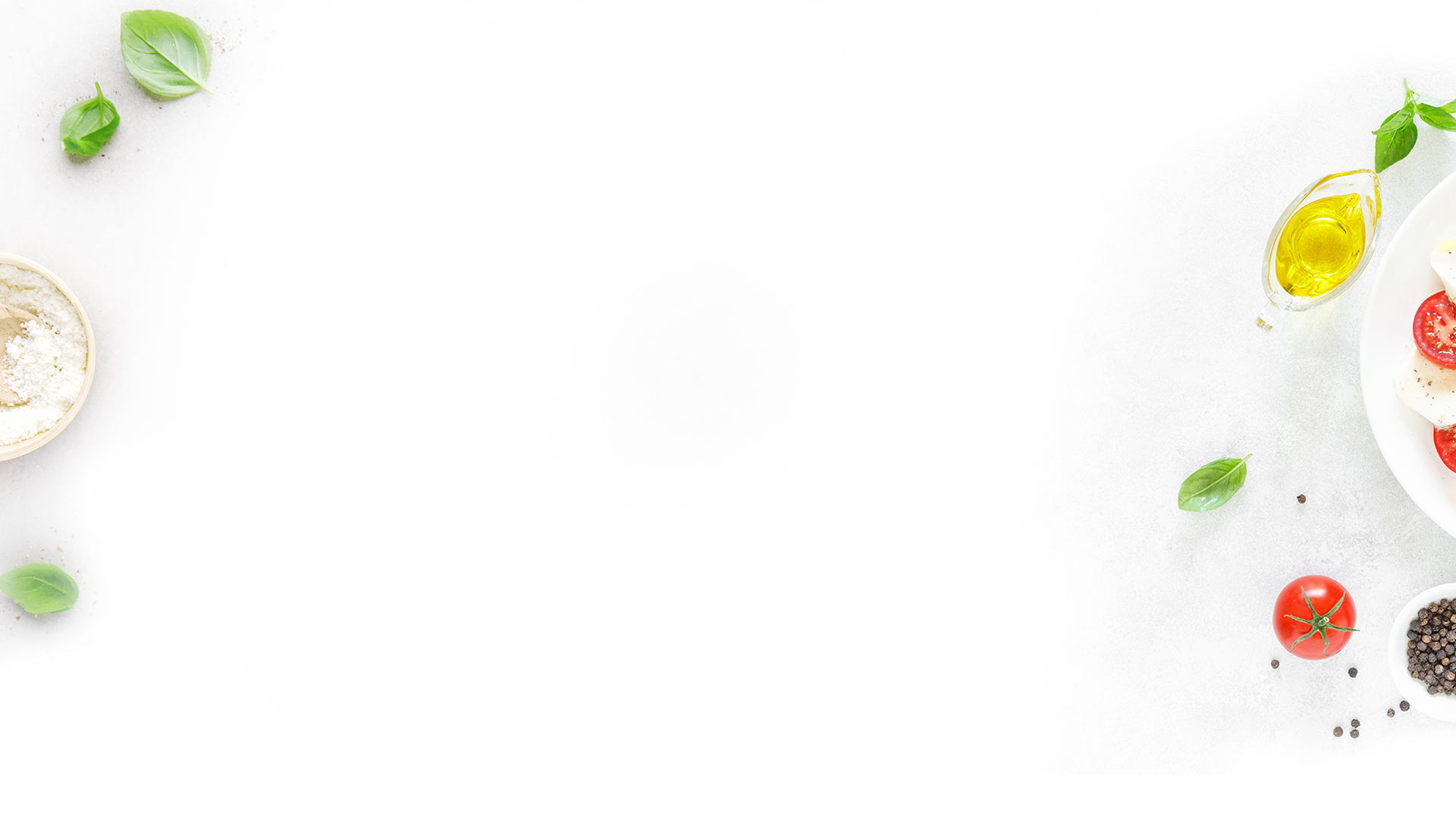
Choosing the Right Beans for Your Digestive Health

Beans are a wonderful way to add high-quality, plant-based protein to your diet.
There are so many beans to choose from such as adzuki, Anasazi, black (turtle), black-eyed peas, chickpeas, garbanzos, cranberry, great north, lentils – brown and french, lentils – red, lima beans, split peas, pinto, navy, mung, red kidney, yellow or black soybeans. They are high in iron, B vitamins, and fiber, and are versatile enough that you may never tire of them. Beans stay fresh longer when stored in a cool, dark place. Don’t use beans that are more than a year old, as their nutrient content and digestibility are much lower.
Chew beans thoroughly, and know that even small amounts have high nutritional and healing value.
Experiment with your ability to digest beans. Smaller beans like adzuki, lentils, mung beans and peas digest more easily. Pinto, kidney, navy, black-eyed peas, garbanzo, lima, and black beans are harder to digest and should be eaten only occasionally. Soybeans and black soybeans are the most difficult beans to digest.
Experiment with combinations, ingredients, and seasonings. Legumes combine best with green or non-starchy vegetables and seaweeds.
Season with unrefined sea salt, miso, or soy sauce near the end of cooking. If added at the beginning, the beans will not cook completely. Salt is a digestible aid when used correctly.
Adding fennel or cumin near the end of cooking helps prevent gas.
Pour a little apple cider, brown rice or white wine vinegar into the water in the last stages of cooking. This softens the beans and breaks down protein chains and indigestible compounds.
I eat lentils pretty often – they are easy to use and fast cooking. You can add lentils to soup, toss in salads, and stir in your favorite cooked rice. What beans do you choose?
Leona S.
